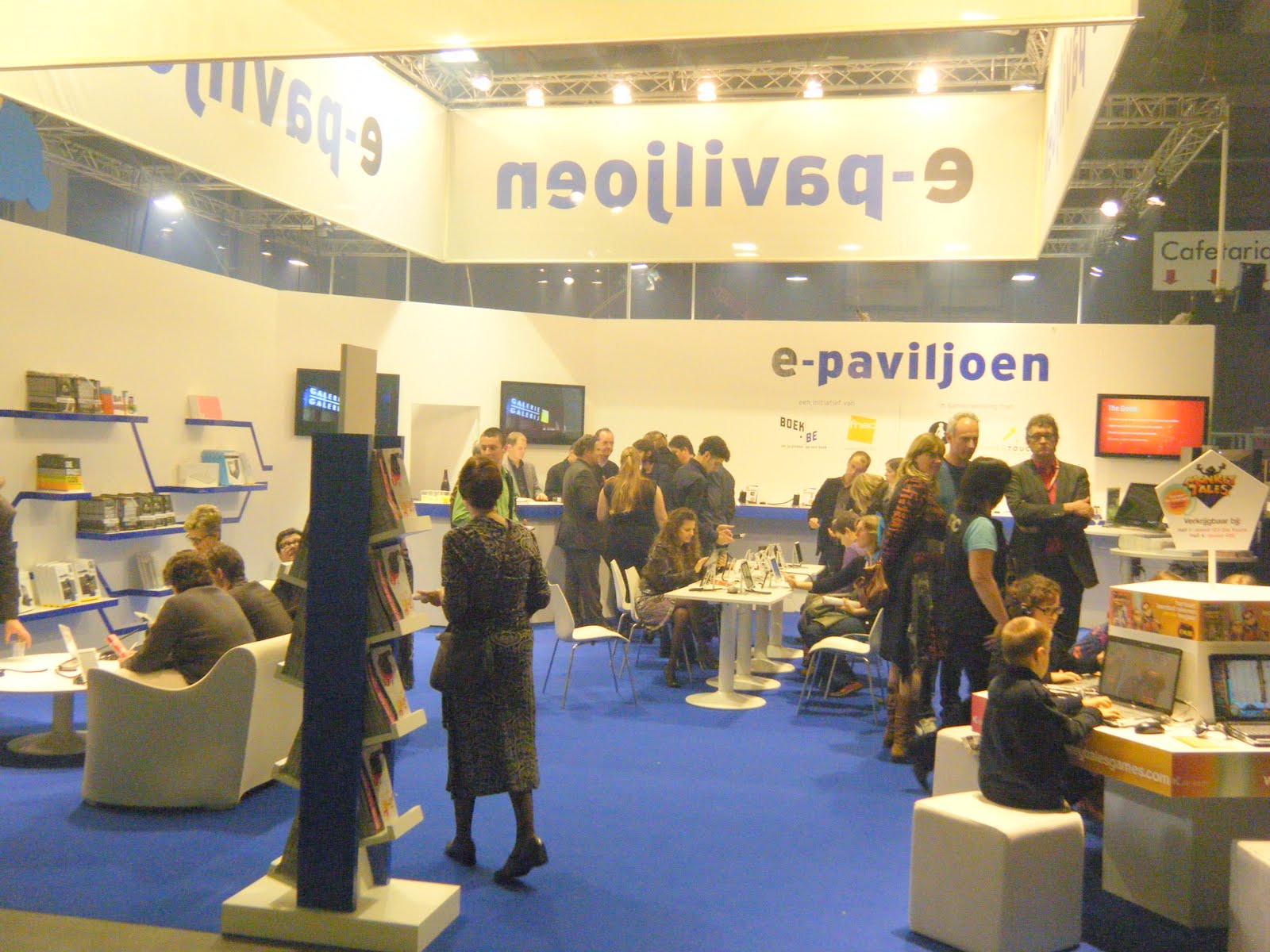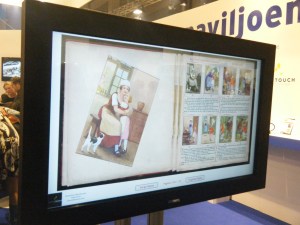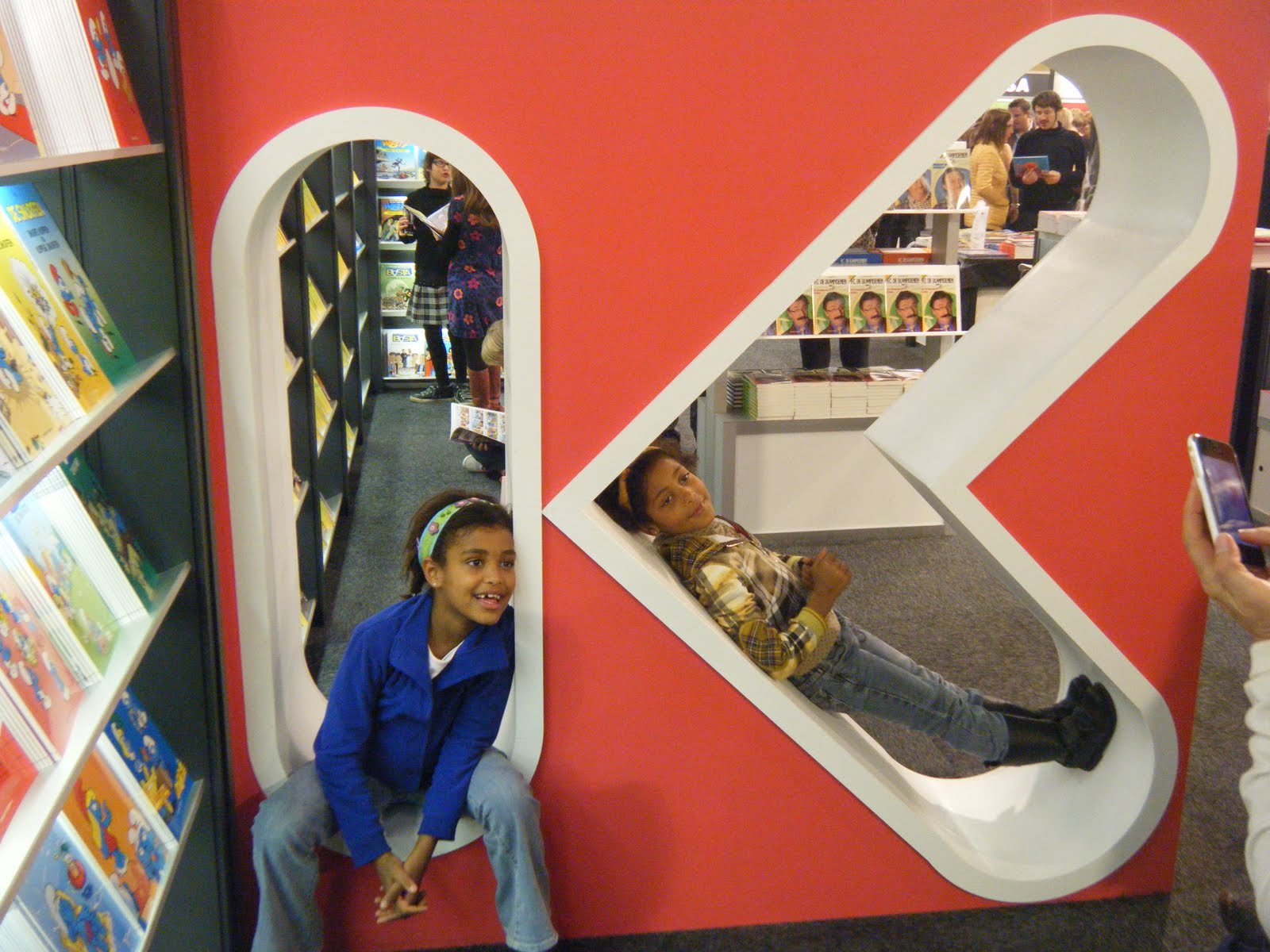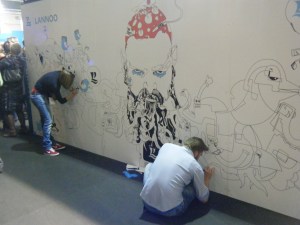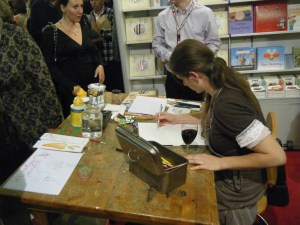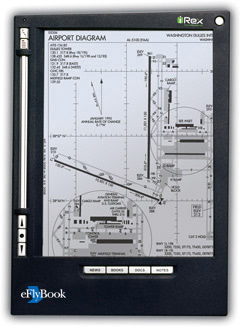The Flemish eBook Platform (Vlaams eBoek Platform) RFPs are OUT
Yesterday (Nov 10th, 2011), there was great news : the VEP RFPs have been issued !
The specifications were finished in March, so it was about time that the RFP gets out.
One year ago, the specifications looked like that:
Now they look like that:
You can find the ful description of the target architecture on Bibnet’s website:
http://www.bibnet.be/portaal/Bibnet/Collectie/Vlaams_e-boekplatform/Overheidsopdrachten/
They should also land on IWT’s Innovation Platform’s website :
http://www.innovatiefaanbesteden.be/project/vlaams_e-boek_platform_%28vep%29
IWT, Boek.be and Bibnet finally got a GO to issue 2 RFPs :
1. VEP Basisinfrastructuur
The Basic infrastructure to import store, describe and index eBooks.
http://www.bda-online.be/ShowTender.aspx?tendernumber=177899922430426136
2. Pre-commerciële aanbesteding voor de realisatie van prototypes voor het Vlaamse e-boekplatform
This is rather a call for innovation from the IWT for specific modules : Digital Reading, “Discovering+Browsing+Searching+Finding+Serendipty” (Grasduinen), Social DRM, Search and Marketing services.
http://www.bda-online.be/ShowTender.aspx?tendernumber=118499922429535344…
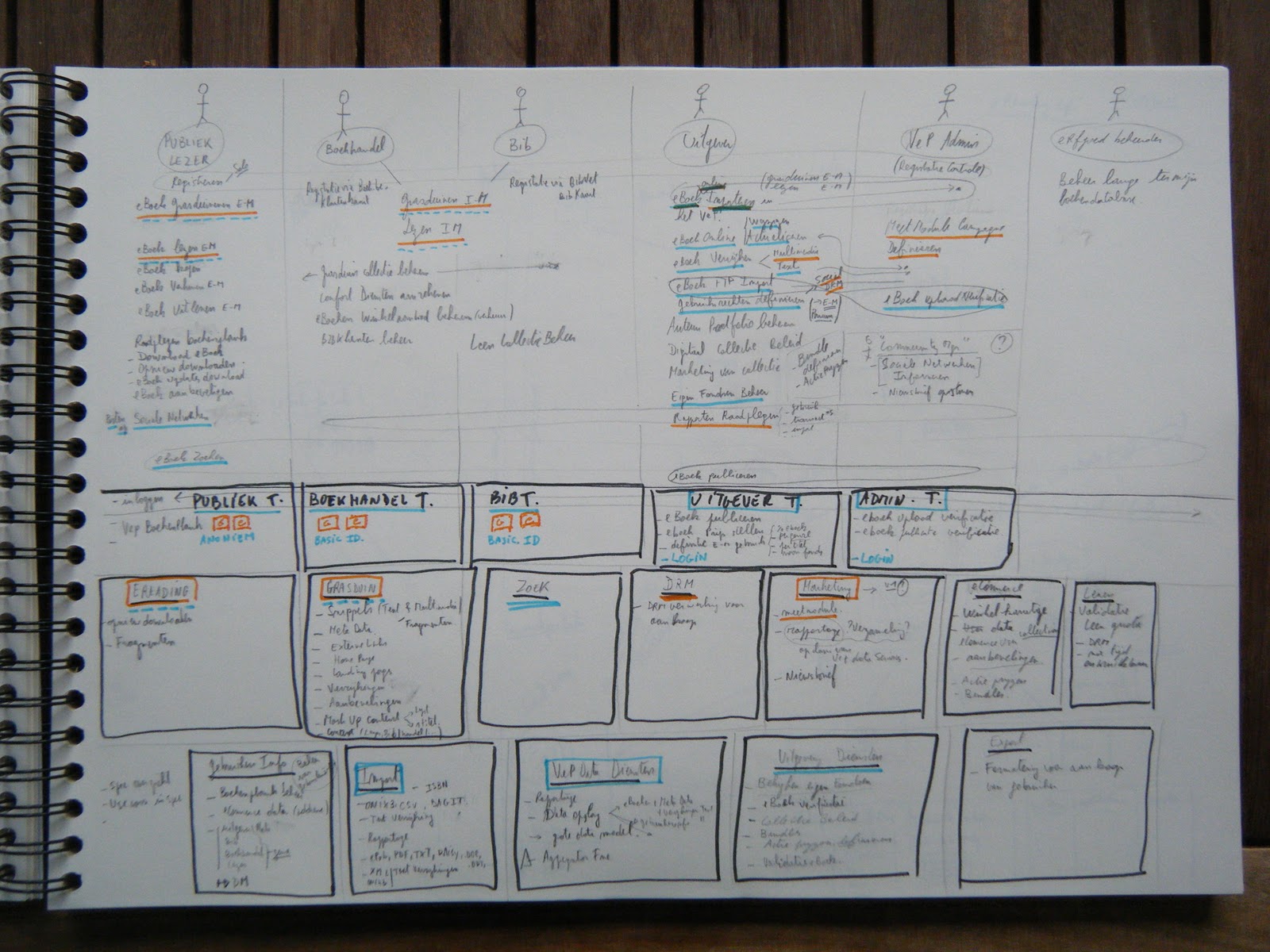
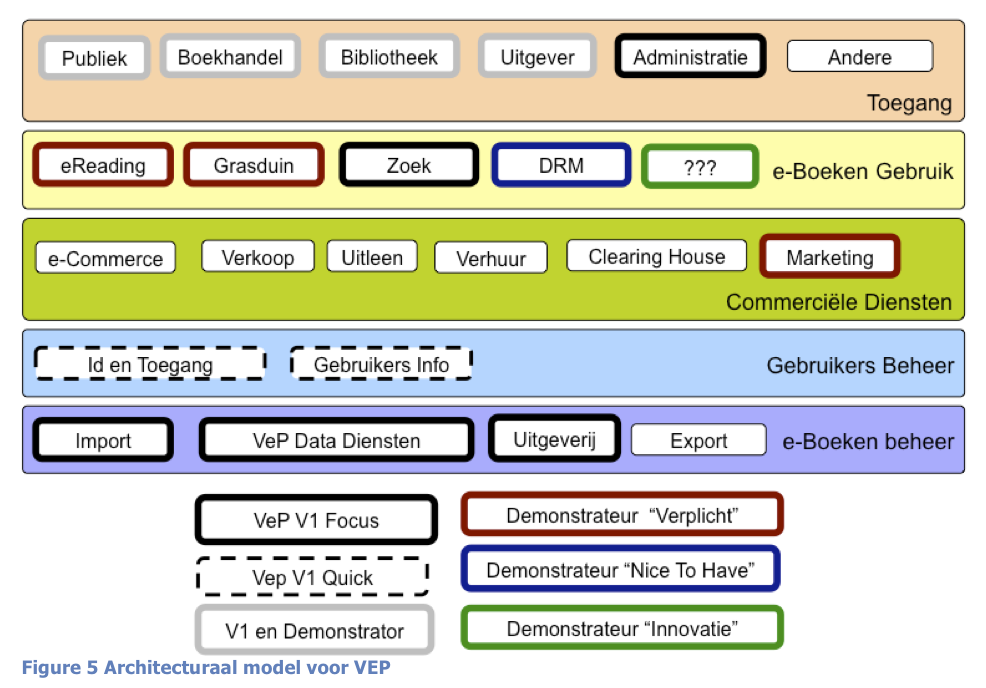
 …
…